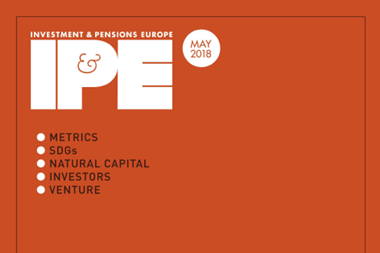The Principles of Responsible Investment (PRI) has developed a tool to help asset owners and other institutional investors identify “mainstream impact investing companies”.
The goal was to help asset owners and fund managers better assess opportunities in this market, the United Nations-backed investor organisation said.
Currently, investors faced a “broad and fragmented” impact investing landscape, without common definitions, market concepts or methodological baselines.
“Since the emergence of the impact investing concept, the industry has expanded and become incredibly complex,” said the PRI in its report on the tool.
Launched just over a week ago, the ‘Impact Investing Market Map’ was designed by the PRI and developed with key stakeholders and investors. It has been several years in the making, IPE understands.
As part of the making of the guide, more than 450 reports from UN agencies, market leaders, universities, index providers and data providers were reviewed, with PRI staff also benchmarking around 190 companies and carrying out what ended up being one of its largest recent consultation processes.
The ‘map’ defines mainstream impact investing companies as medium to large mature privately or publicly owned businesses that deliver products or services to benefit society and the environment.
10 themes and their breakdown
Set out in a 112-page report, the ‘map’ categorises mainstream impact investments into 10 themes, covering areas such as energy efficiency, sustainable agriculture and education.
The definition of each theme is aligned with at least one international organisation, global market leader or data provider, with the PRI then providing basic criteria to explain the theme in practical terms, including thematic and financial conditions to identify businesses and investments that are aligned with the definition provided.
For each theme, a list of key performance indicators is provided to track and assess environmental and social performance, as well as notes on how to read and use the map.
It also identifies related UN Sustainable Development Goals (SDGs).
Kris Douma, director of investment practices and engagements at the PRI, wrote in his foreward to the report: “The PRI expects the Market Map to support the many initiatives and efforts already underway to bring clarity and scalability to the impact investing industry and, in turn, consideration of the SDGs across regions and countries.”
For the investment community, the map provided five main benefits, according to the PRI, including serving as a resource for asset owners interested in discussing how asset managers and fund managers design and manage impact investing funds.
Asset owners could also use the tool to formulate impact investing strategies and identify investment opportunities.
The PRI’s Impact Investing Market Map can be found here.








No comments yet